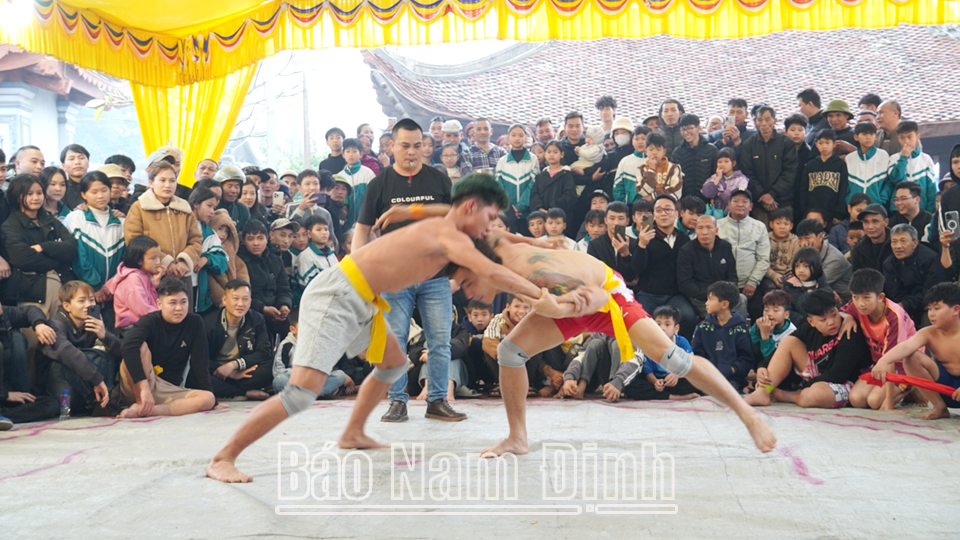 |
| Objects of worship at Dai Bi Pagoda Festival, Nam Giang town. |
The first big festival of the year in the district is held right after the Lunar New Year, the Vieng Xuan market, a special market that only meets once a year on the night of the 7th and the 8th of January. Both sellers and buyers go to the market with the belief that buying brings luck and selling brings luck, hoping to bring fortune home, "buying luck, selling bad luck". Therefore, sellers do not ask for too high a price, and buyers do not bargain too much.
Goods at Vieng market are very rich and diverse, can be considered as a socio-economic exhibition of localities inside and outside the district. The market gathers most of the products from famous craft villages hundreds of years old such as: flowers, ornamental plants from Vi Khe flower and ornamental plant village; bronze products crafted from Dong Quy craft village; iron products from Van Chang forging village; antiques, imitation antiques... In addition, visitors can also enjoy the famous grilled beef specialty of Nam Giang town; peanuts in silk shell, peanut candy of Thuong Nong commune, Binh Minh commune; lim sweet potatoes of Chua market; Giao Cu beef noodle soup... Along with going to Vieng spring market, people and visitors from all over can also worship and visit the national historical and cultural relic Dai Bi Pagoda - the place to worship Zen master Tu Dao Hanh, the historical relics of Giap Ba Temple, Giap Tu Temple...
Dai Bi Pagoda, Nam Giang town is a communal pagoda of 3 villages: Giap Ba, Giap Tu and Van Chang, built during the reign of King Ly Nhan Tong. The pagoda worships Zen master Tu Dao Hanh, a famous monk of the Ly dynasty who made great contributions to the court and the people. In 2020, the traditional festival of Dai Bi Pagoda was included in the list of National Intangible Cultural Heritage by the Ministry of Culture, Sports and Tourism. Dai Bi Pagoda Festival is held from January 20 to 23, of which the 21st is the main festival. During the Dai Bi Pagoda Festival, there is a special activity, both a ceremony and a festival. That is wooden puppetry to worship the Saint (also known as Oi Loi play). The main character in Oi Loi is "Twelve Saint Statues" (12 Saint statues, including 6 large puppet statues and 6 small puppet statues). Regarding lyrics and melodies, Oi Loi art still preserves 26 songs and 32 tunes; the content praises the merits of Duc Thanh Tu and prays for the country to be "peaceful and prosperous, the king is wise and his subjects are virtuous". The musical instruments used in the puppetry art of worshiping the Saint include: 1 big drum (to hold the watch and change the tune); 1 big bell and 1 fortune-teller drum (beating along with the big drum), 1 wooden drum, 2 rice drums, 2 cymbals. During the festival days, people and tourists from all over the country flock to the pagoda to visit, worship, pray for their families to have all the luck and success, and attend the ceremony, play the festival with many unique folk games, only available at Dai Bi Pagoda festival.
Coming to Nam Dien commune from January 12 to 16, people and tourists from all over the world can attend the traditional festival of the flower and ornamental plant growing village that is over 800 years old. The festival aims to honor and pay tribute to the founder of the flower and ornamental plant growing profession, To Trung Tu, and to display and promote unique works of ornamental plant art from the talented hands of the villagers. The ceremony includes solemn traditional rituals such as: worshiping male and female officials, carrying flowers and ornamental plants to the village temple to offer incense to the ancestors of the profession. The festival includes rich cultural activities: displaying precious flowers, unique ornamental plants, bonsai, cultural exchange, men's soccer and folk games. The traditional festival of the flower and ornamental plant craft village of Vi Khe, Nam Dien commune, is held annually as an opportunity to promote and introduce products, strengthen joint ventures and links with craft villages across the country, preserve and develop the "hub" for consuming products of flower and ornamental plant craft villages across the country. The festival is also a cultural bridge between the past and the present, a place to pass on the secrets of the craft, a source of inspiration for the art of cultivating flowers and ornamental plants for generations of Vi Khe people.
The traditional spring festivals of communes and towns are being restored and maintained to demonstrate the morality of "remembering the person who planted the tree when eating the fruit", to commemorate and show gratitude to the national heroes and ancestors who have contributed to the country and people in the cause of repelling foreign invaders to bring peace, independence and freedom to the homeland; to teach them how to make a living, bringing a prosperous and happy life to the people such as: Gin Temple Festival, Nam Duong Commune, held from the 8th to the 10th of December to honor the merits of General Kieu Cong Han (during the Ngo Quyen period); Am Temple Festival, Nam Giang Town, held on the 9th and 10th of January to commemorate the merits of Zen Master Bui Hue To; Bai Ha Temple Festival, Nghia An Commune, worshiping Trieu Viet Vuong, held on the 15th of the 3rd lunar month every 2 years; An La Temple Festival, Nghia An Commune, worshiping General Nguyen Tan (Dinh Dynasty), is held from the 9th to the 11th of the third lunar month; Ban Thach Village Festival, Hong Quang Commune, is held on the 16th of the first lunar month (every 5 years) to commemorate the founder of the profession, who is honored as the Linh Ung Dai Vuong Village God - the founder of water puppetry; Thanh Khe Village Festival, Nam Cuong Commune, is held on the 9th of the third lunar month with the swing playing custom preserved by the local people... In addition to the solemn ceremony, the festivals also attract people and tourists from all over the country with folk games such as: lion-dragon dance, human chess, Chinese chess, tug of war, watching water puppetry, wrestling to pay homage to the Saint, cooking rice contests... During the festival days, the bustling atmosphere covers all the alleys with many forms of folk cultural activities. People arrange their personal matters in advance to focus on carrying out the common work of the village and hamlet; Children and grandchildren in the village who study or work far from home also arrange to come back to attend the ceremony and festival.
To preserve and promote the beauty of folk culture in spring festivals, Nam Truc district has closely followed the festival management regulations, built realistic, safe, economical festival programs, suitable for civilized lifestyle, cultural traditions of the nation and good customs and practices of each locality. Organizing festivals with educating the historical and cultural traditions of relics for people and visitors from all over the world to attend the festival; ensuring security, order and cultural landscape during the festival; creating highlights to promote the cultural and tourism potential of the locality. The district directed communes and towns to promote the socialization of relic restoration and embellishment; focusing on restoring traditional rituals, exploiting folk games, and cultural identities of each locality. Thereby meeting the needs of enjoying spiritual culture of people and visitors from all over the world.
Article and photos: Dieu Linh
Source: https://baonamdinh.vn/van-hoa-nghe-thuat/202504/net-dep-van-hoatrong-cac-le-hoi-xuan-o-nam-truc-1ff6691/


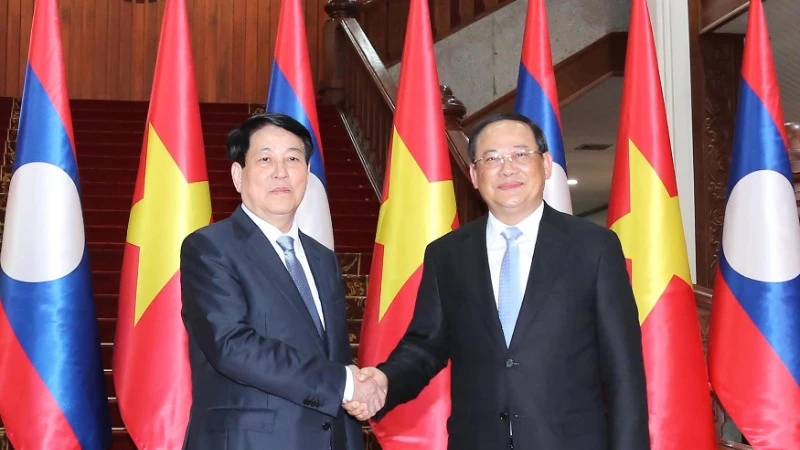
![[Photo] President Luong Cuong meets with Lao Prime Minister Sonexay Siphandone](https://vstatic.vietnam.vn/vietnam/resource/IMAGE/2025/4/25/3d70fe28a71c4031b03cd141cb1ed3b1)


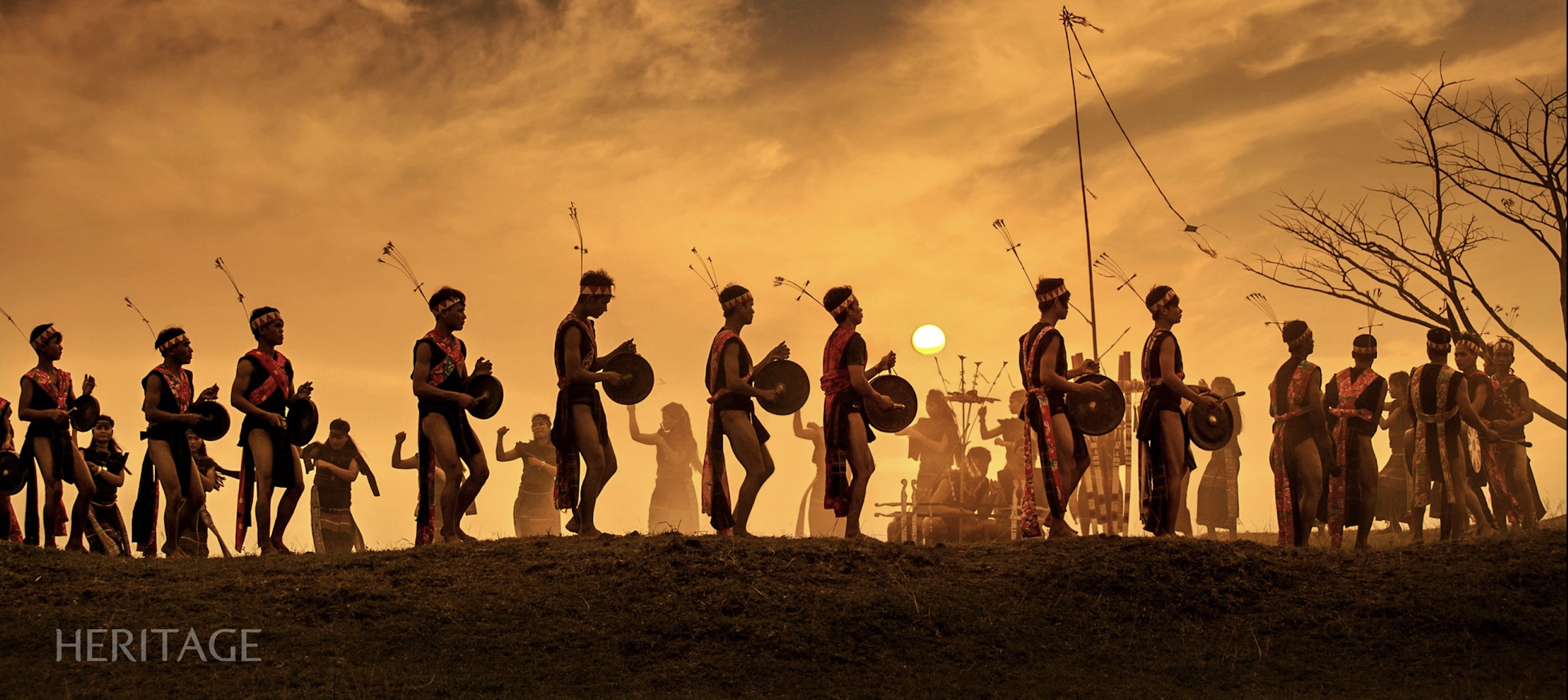
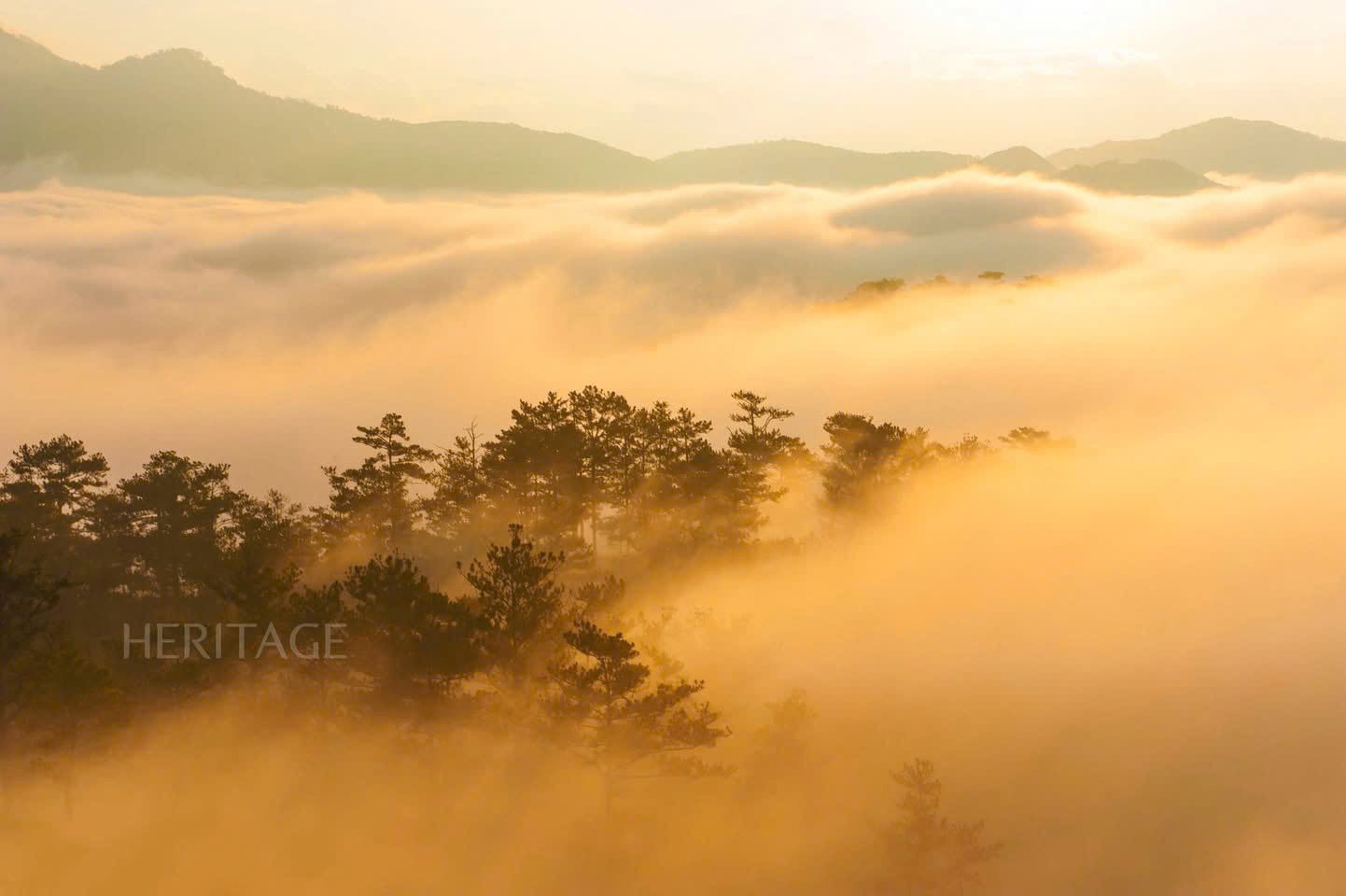
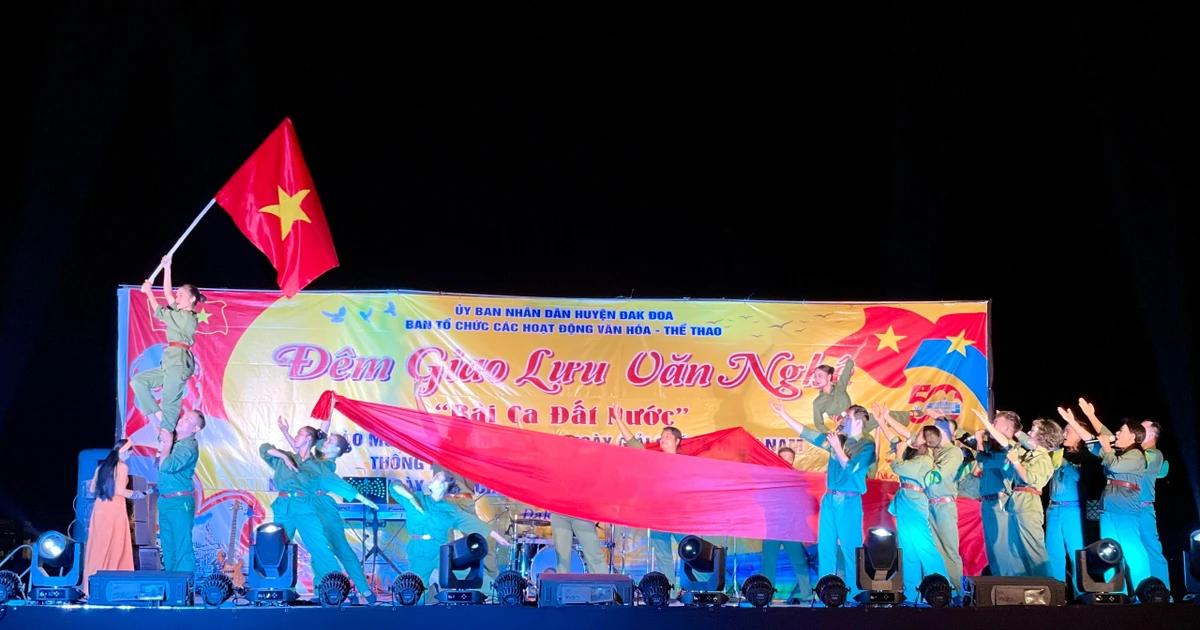


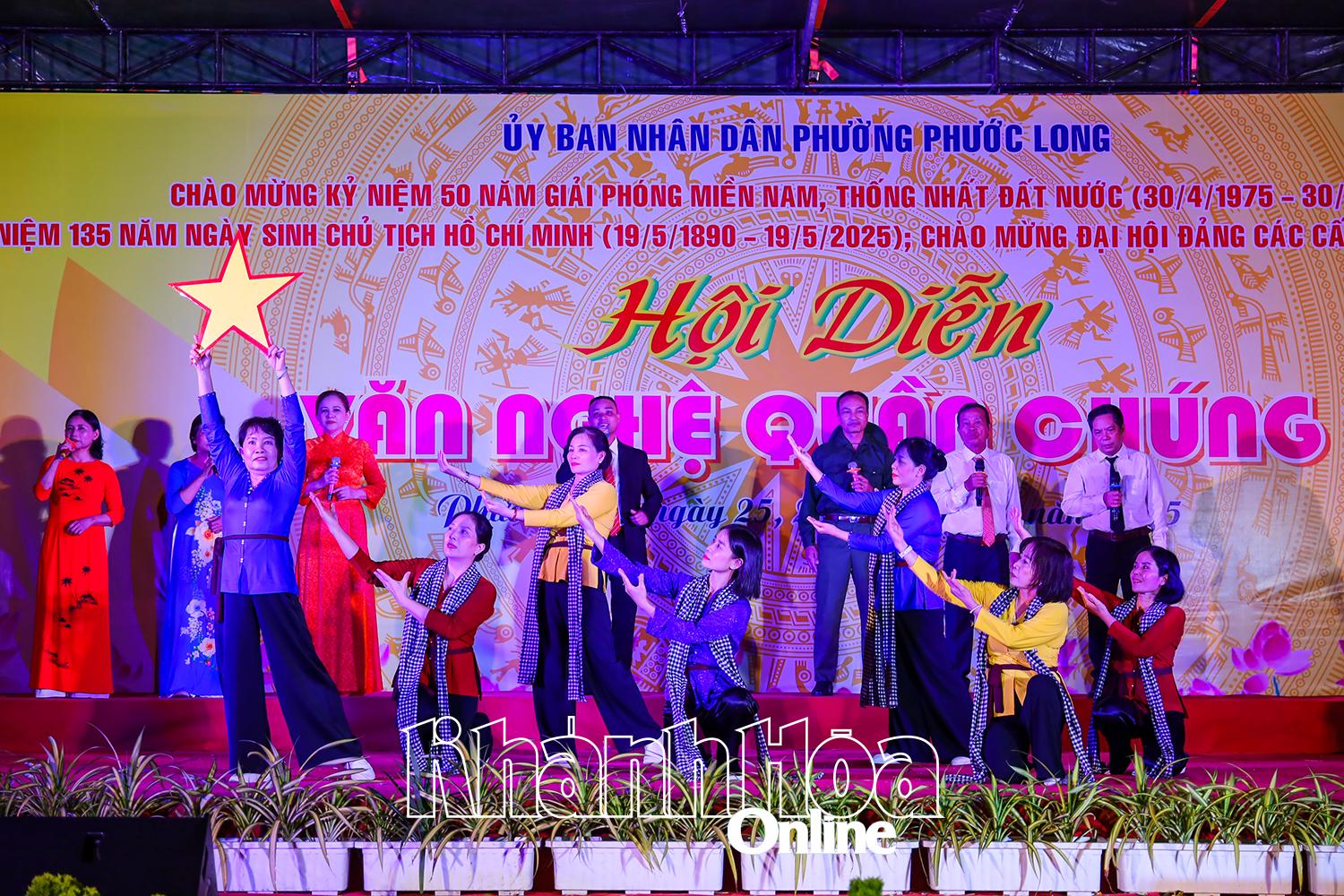
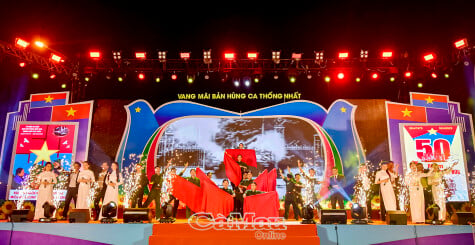

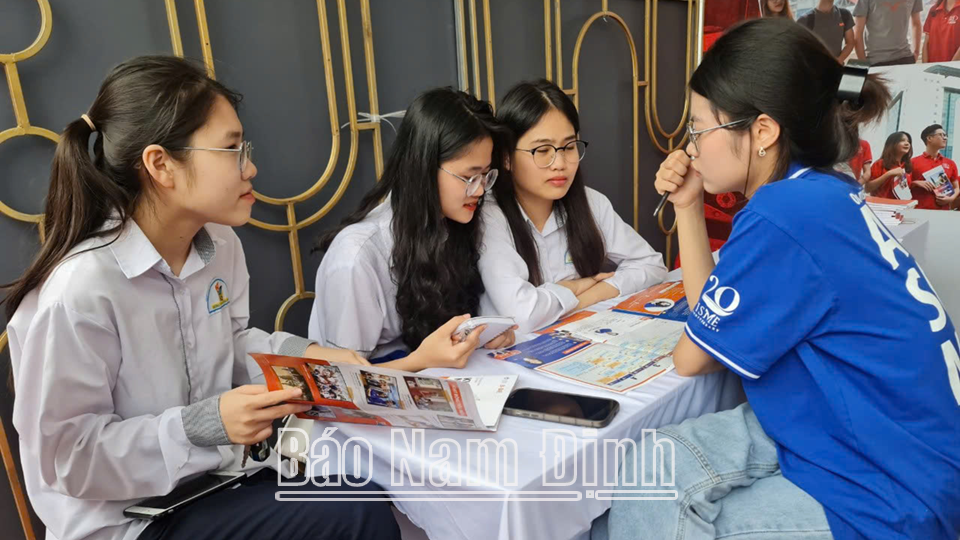
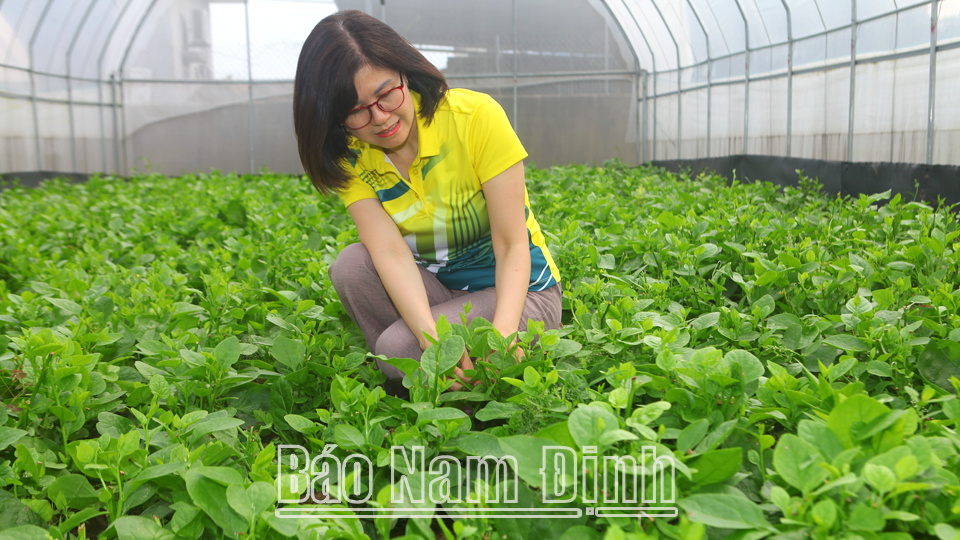

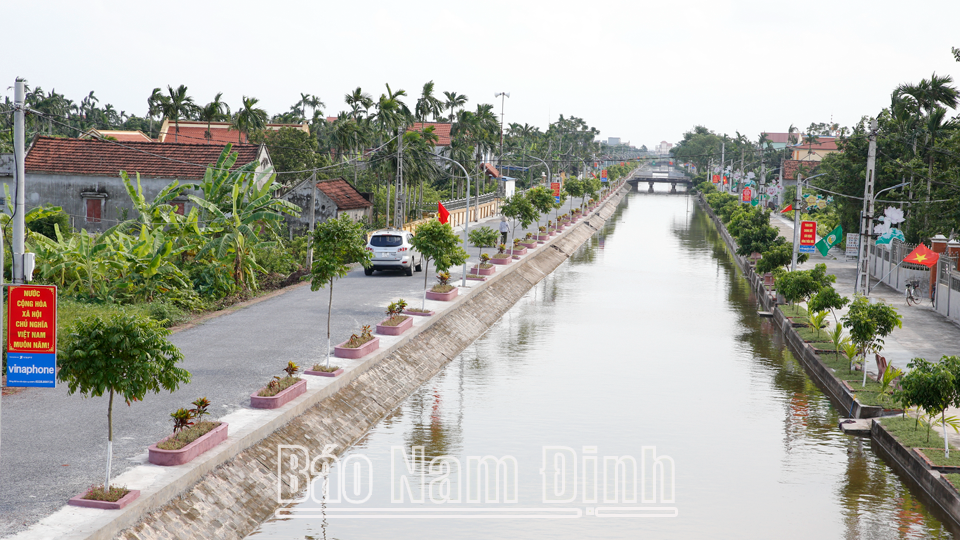

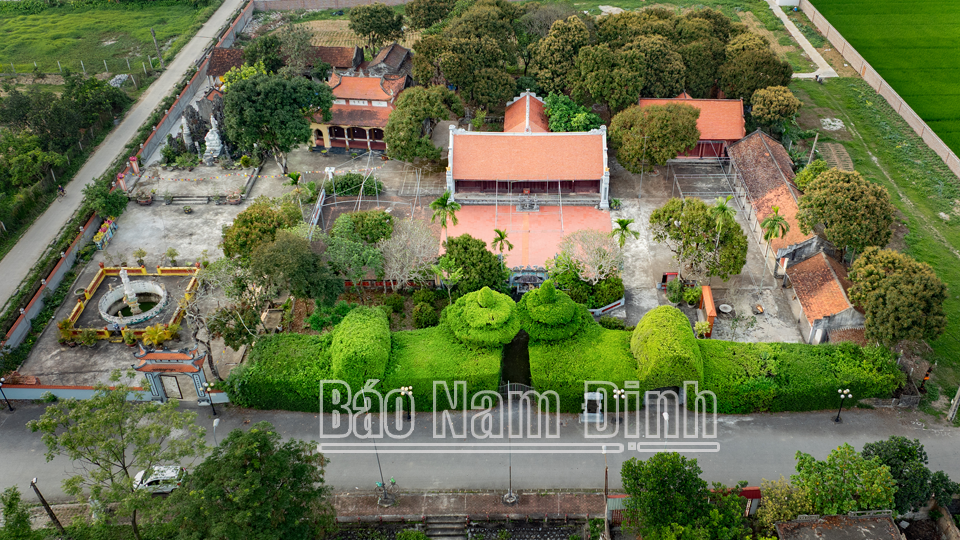
![[Photo] Ho Chi Minh City welcomes a sudden increase in tourists](https://vstatic.vietnam.vn/vietnam/resource/IMAGE/2025/4/25/dd8c289579e64fccb12c1a50b1f59971)
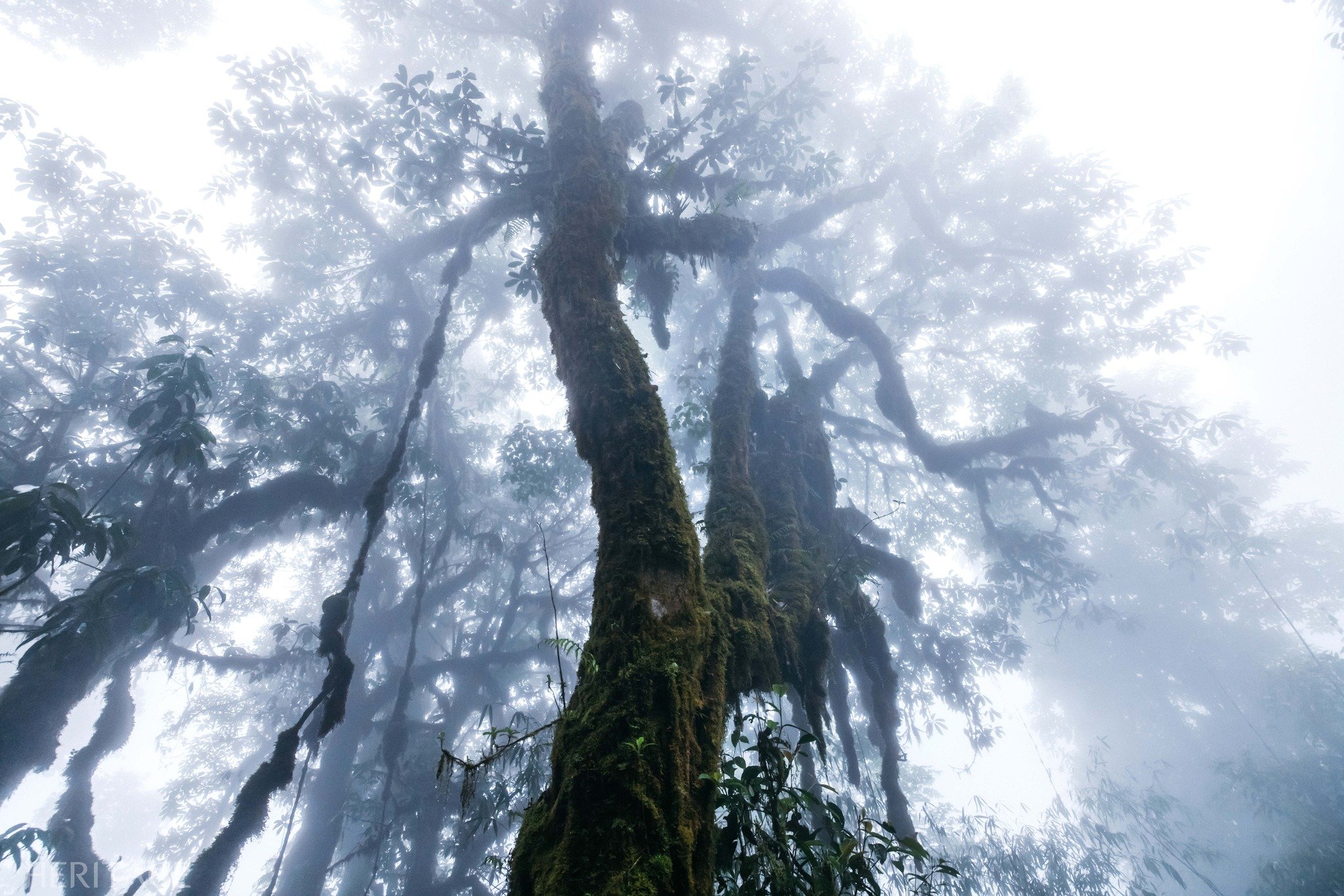
![[Photo] Liberation of Truong Sa archipelago - A strategic feat in liberating the South and unifying the country](https://vstatic.vietnam.vn/vietnam/resource/IMAGE/2025/4/25/d5d3f0607a6a4156807161f0f7f92362)
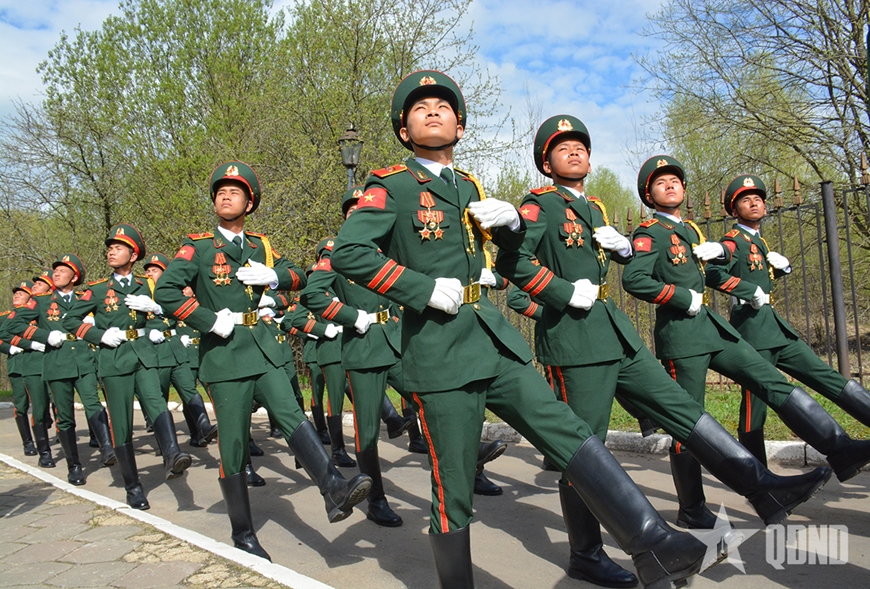
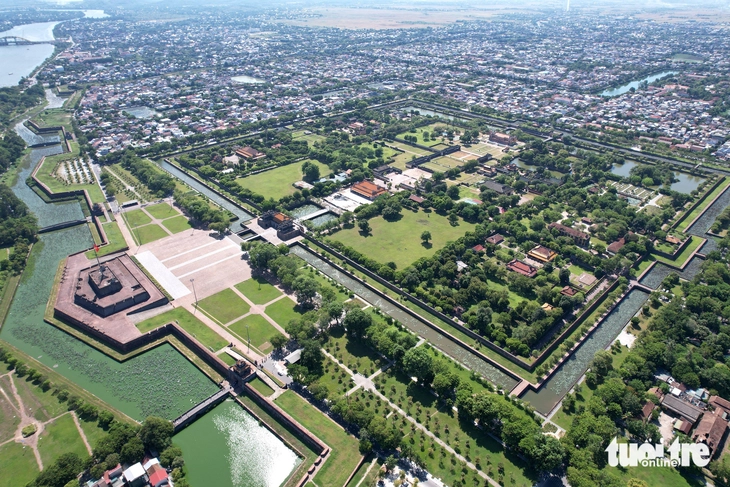

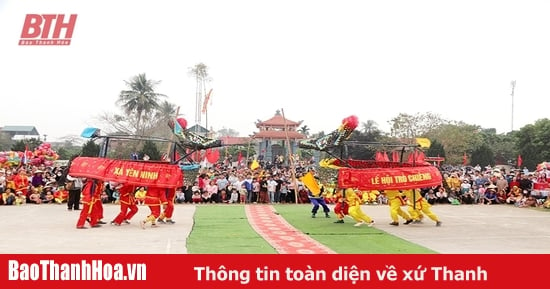

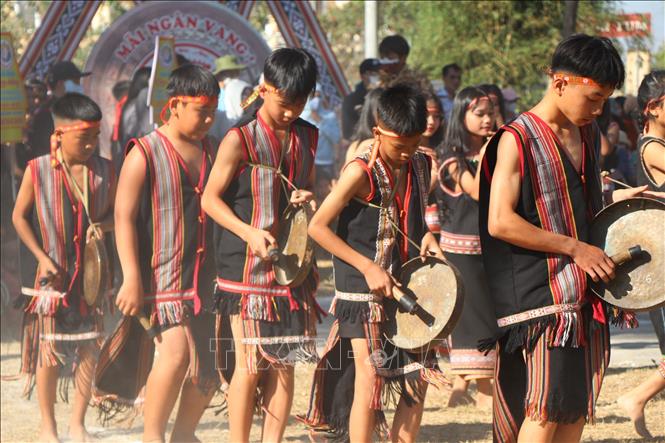

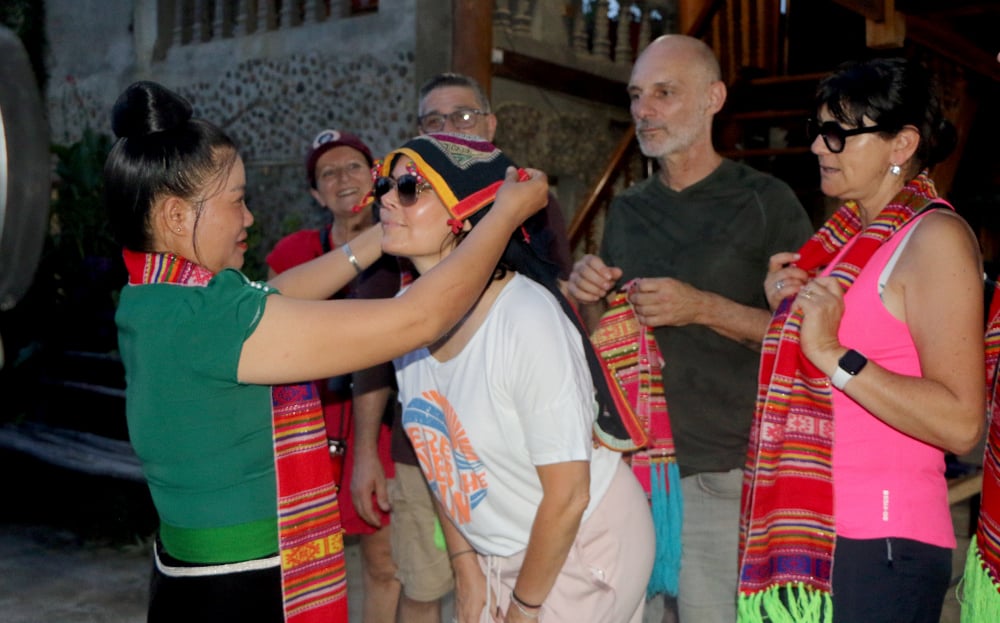
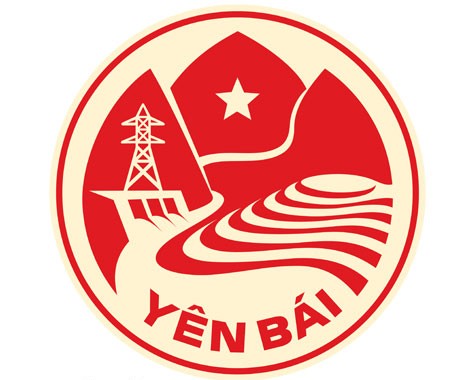
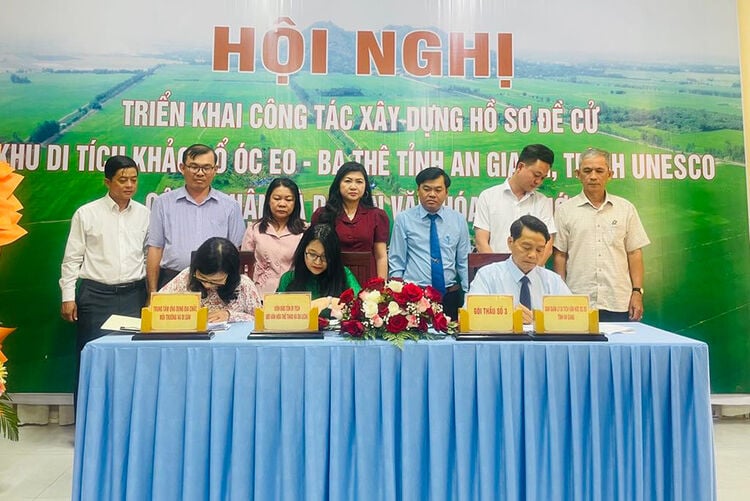

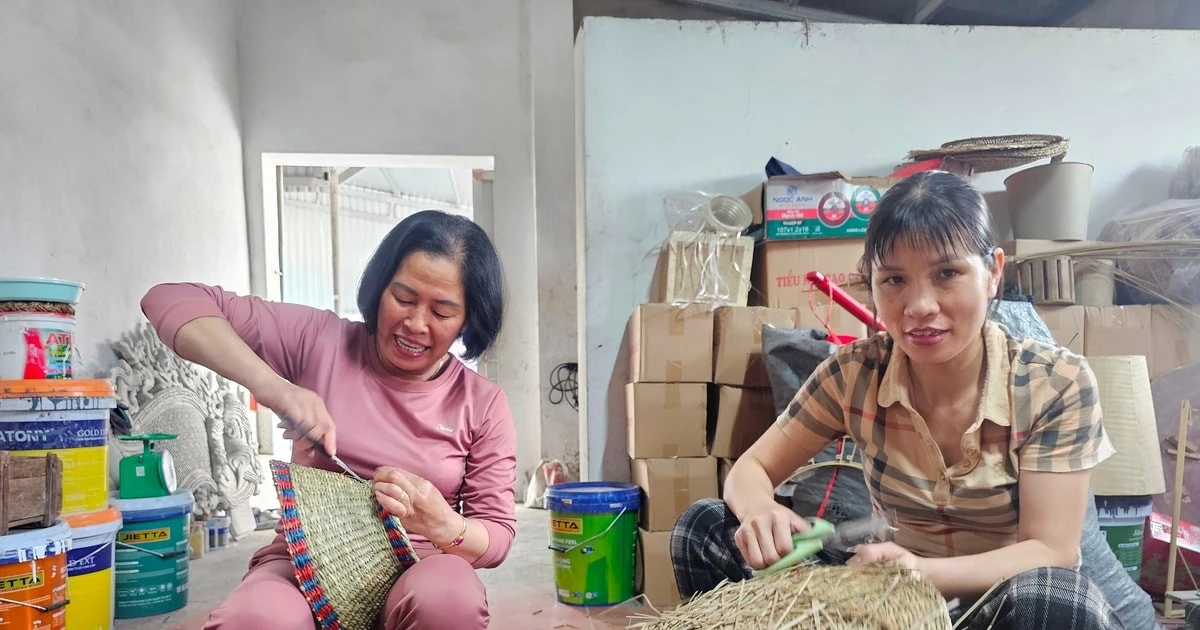









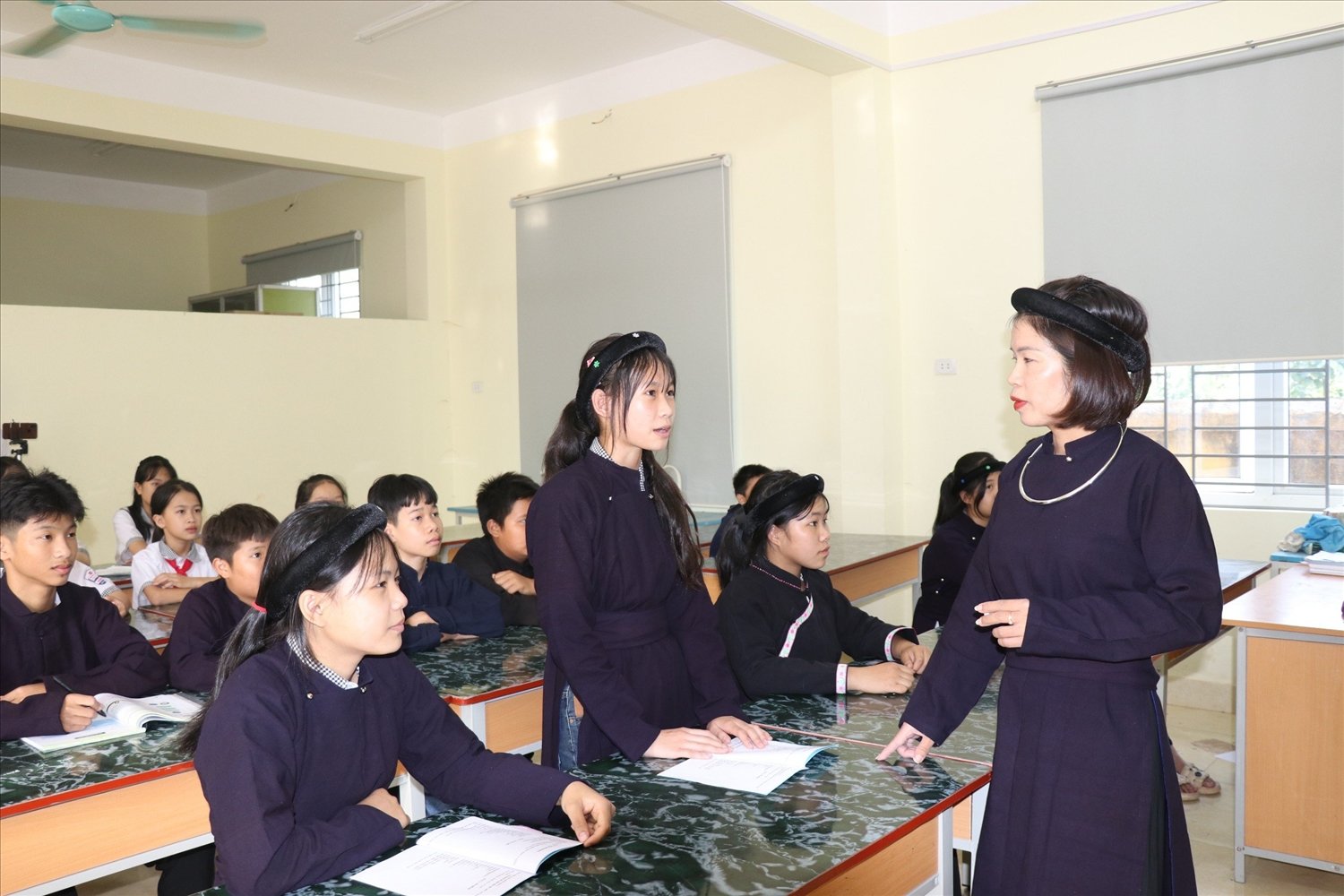






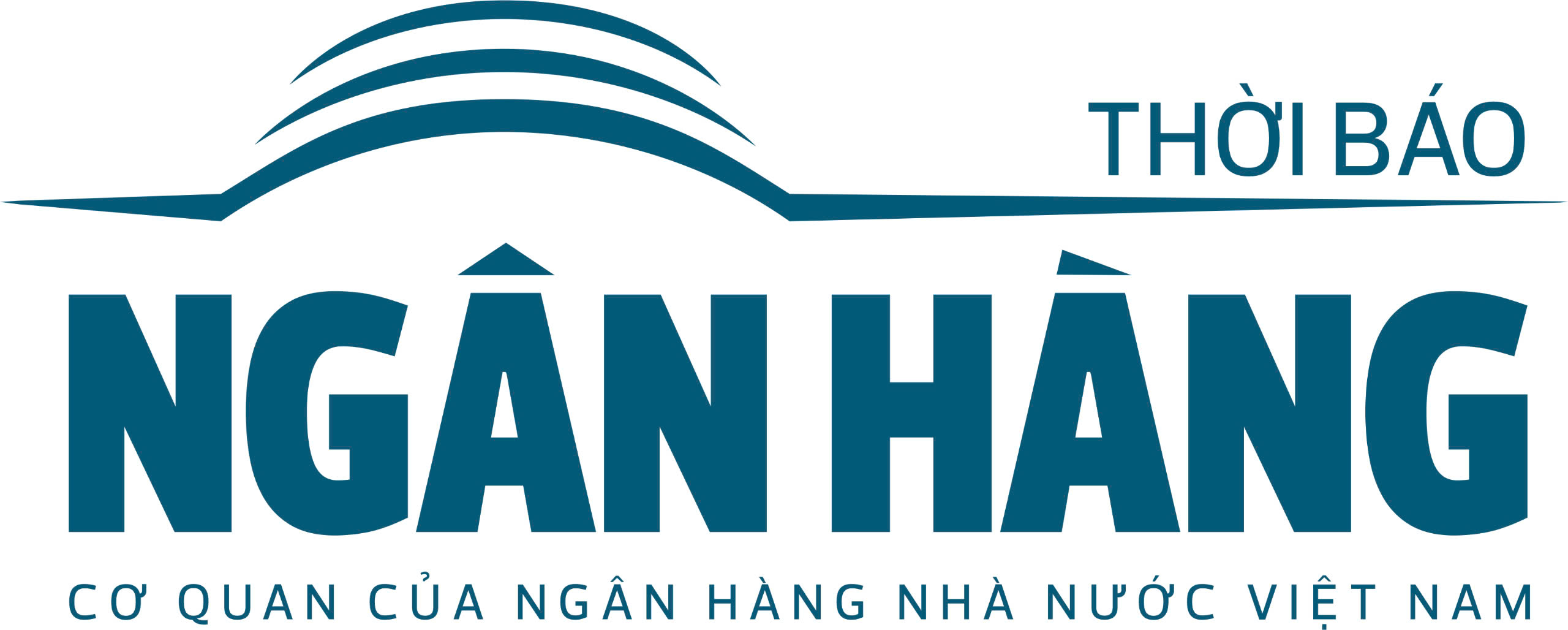


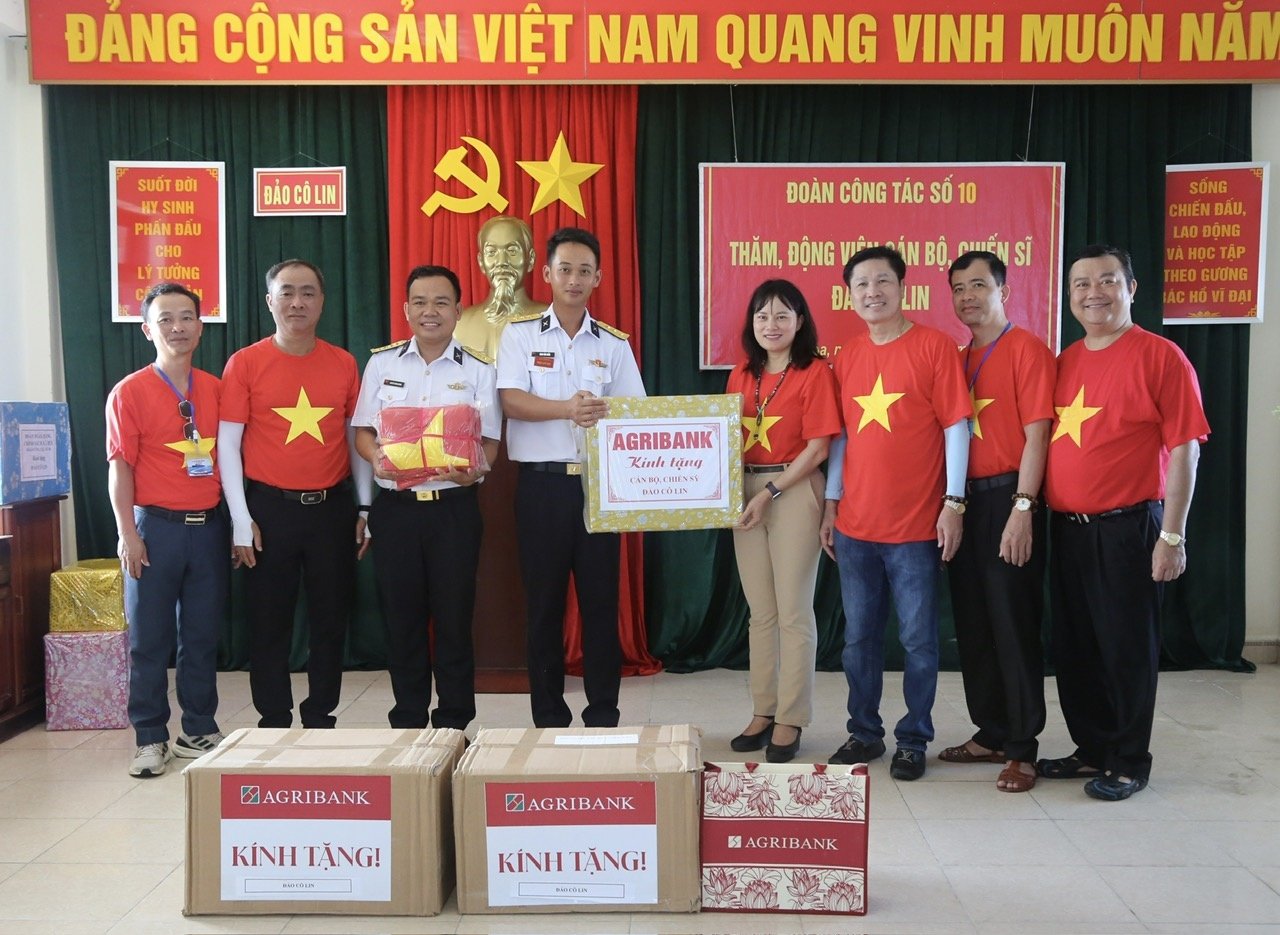



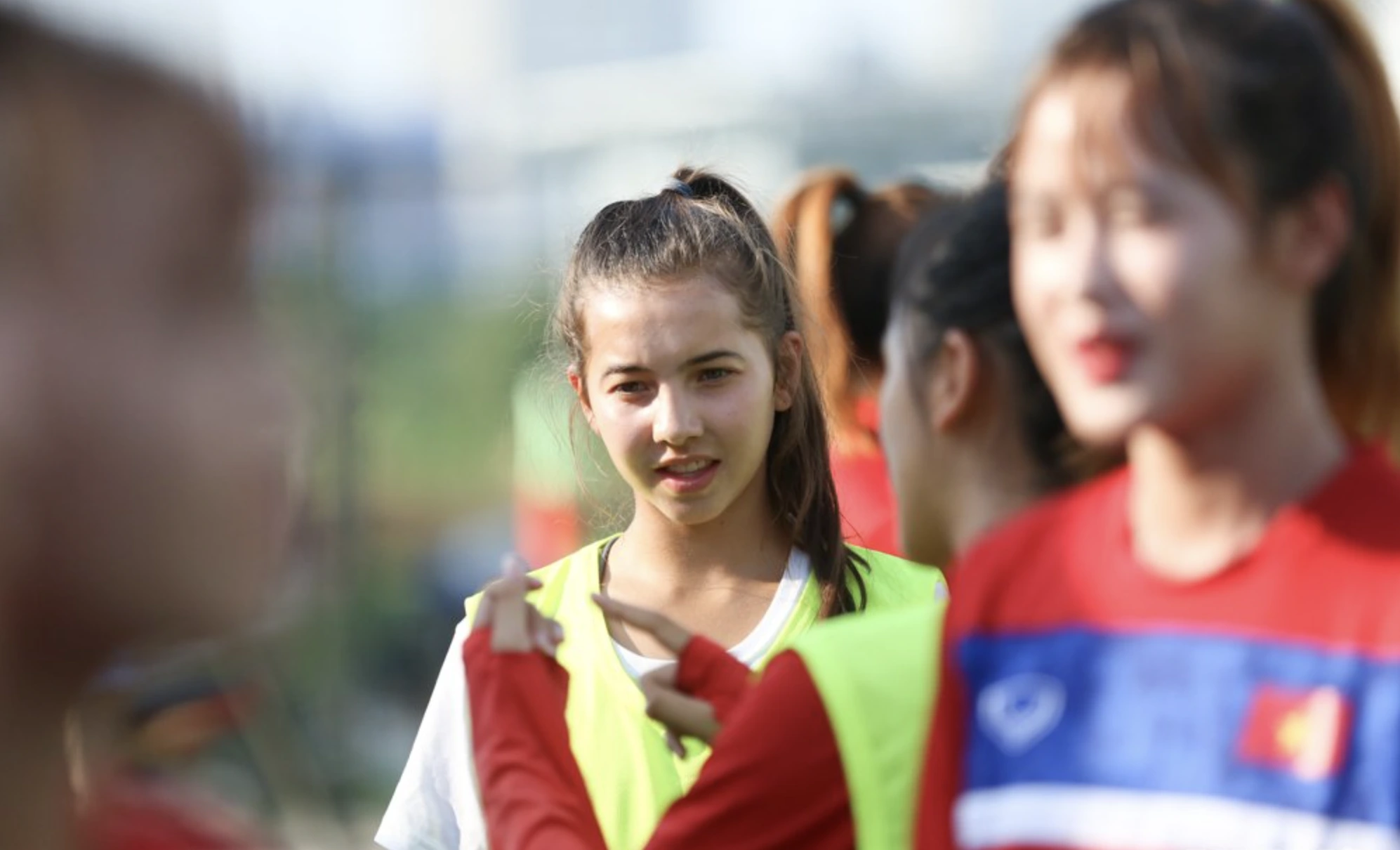
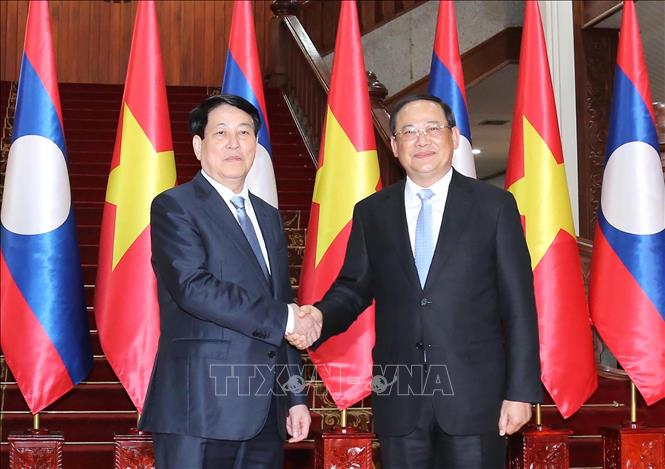
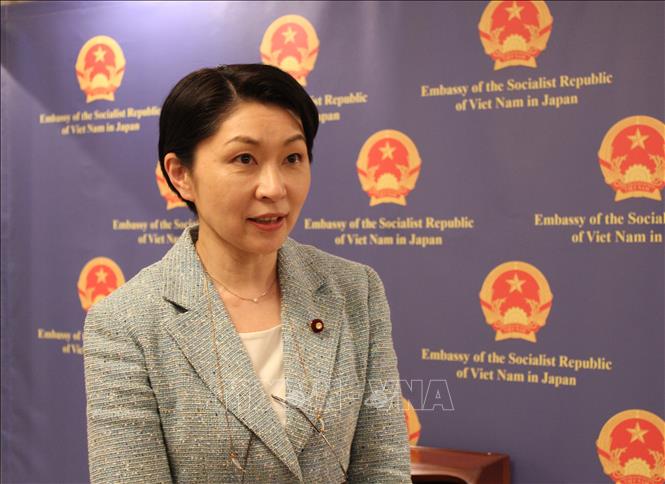
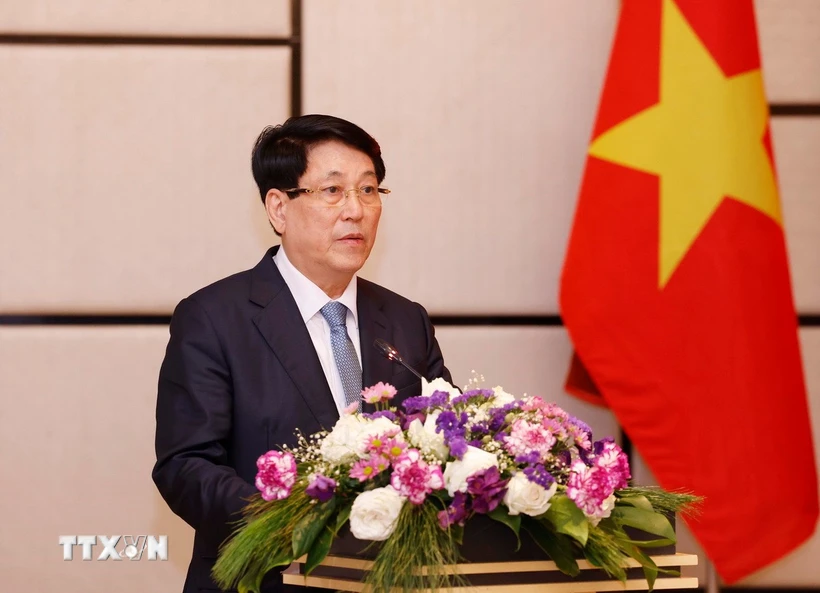



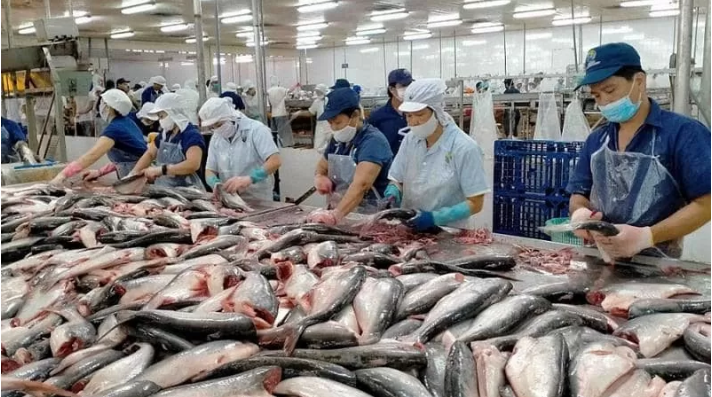


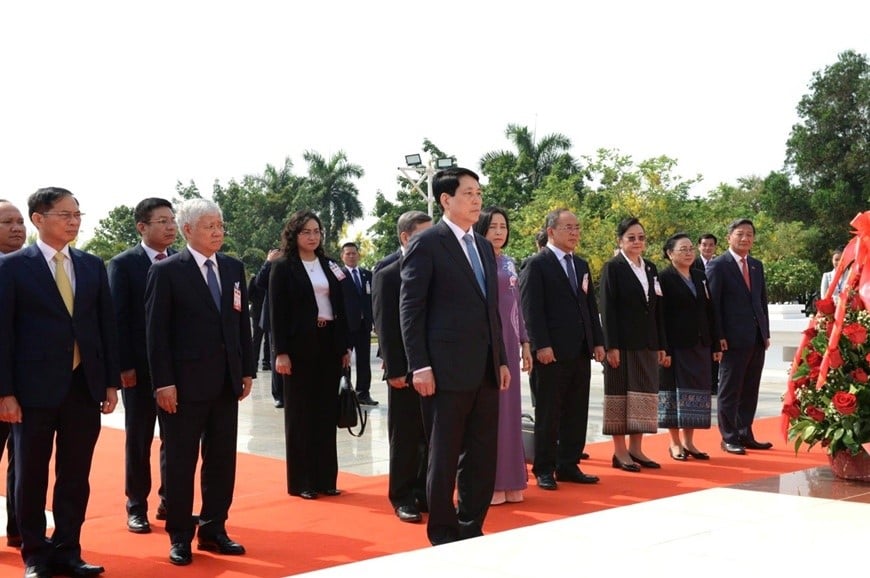



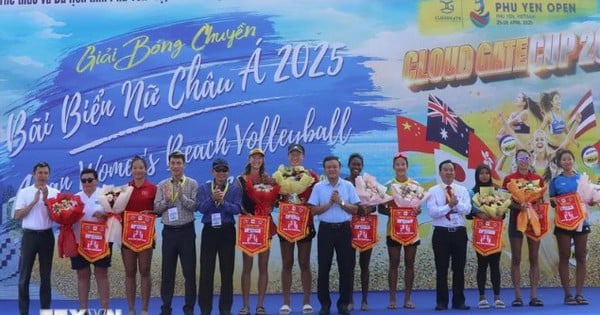


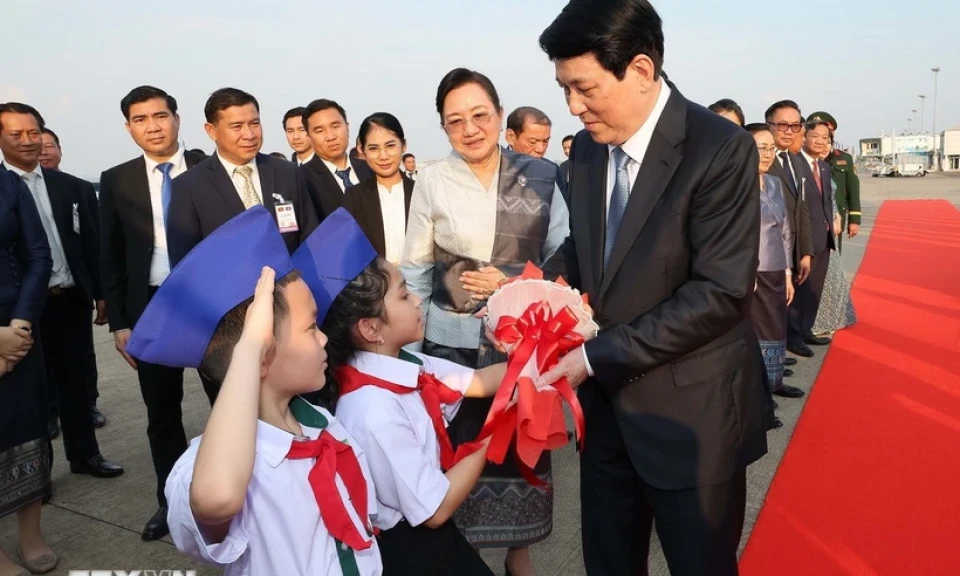
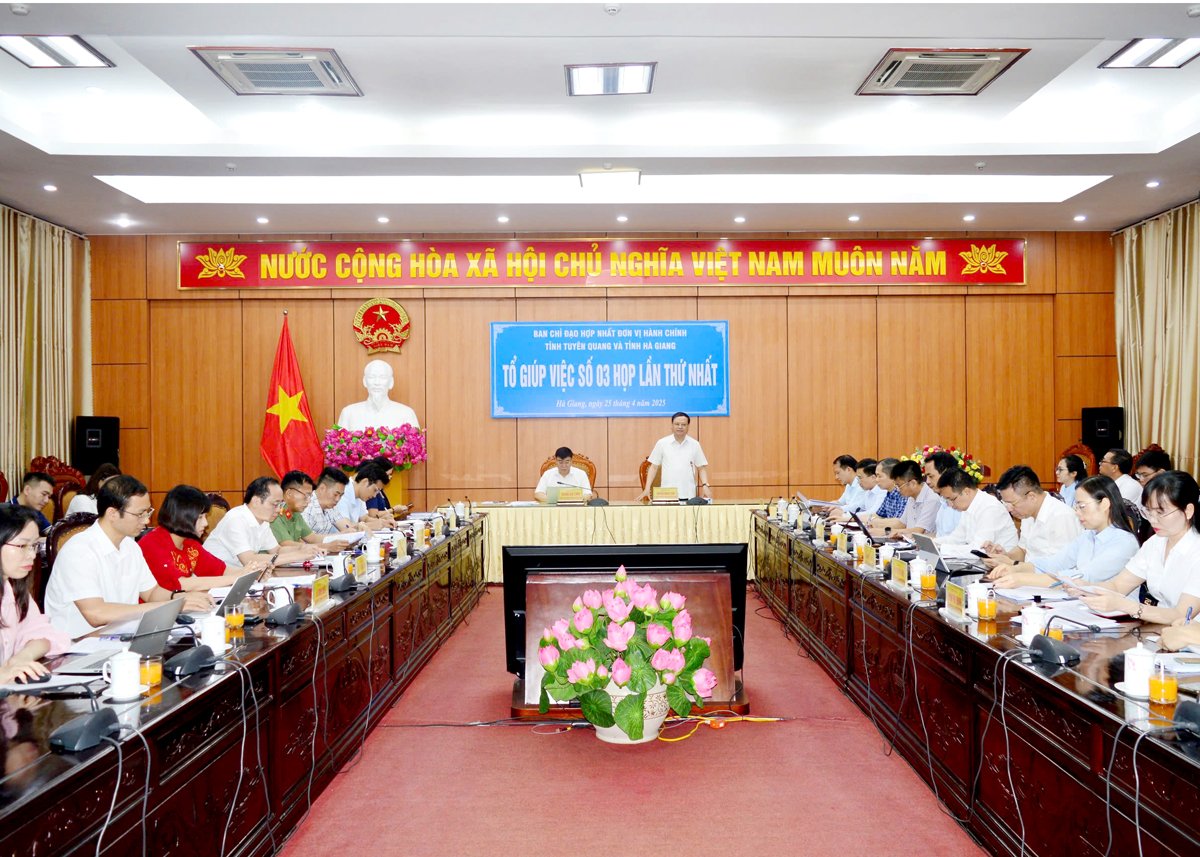

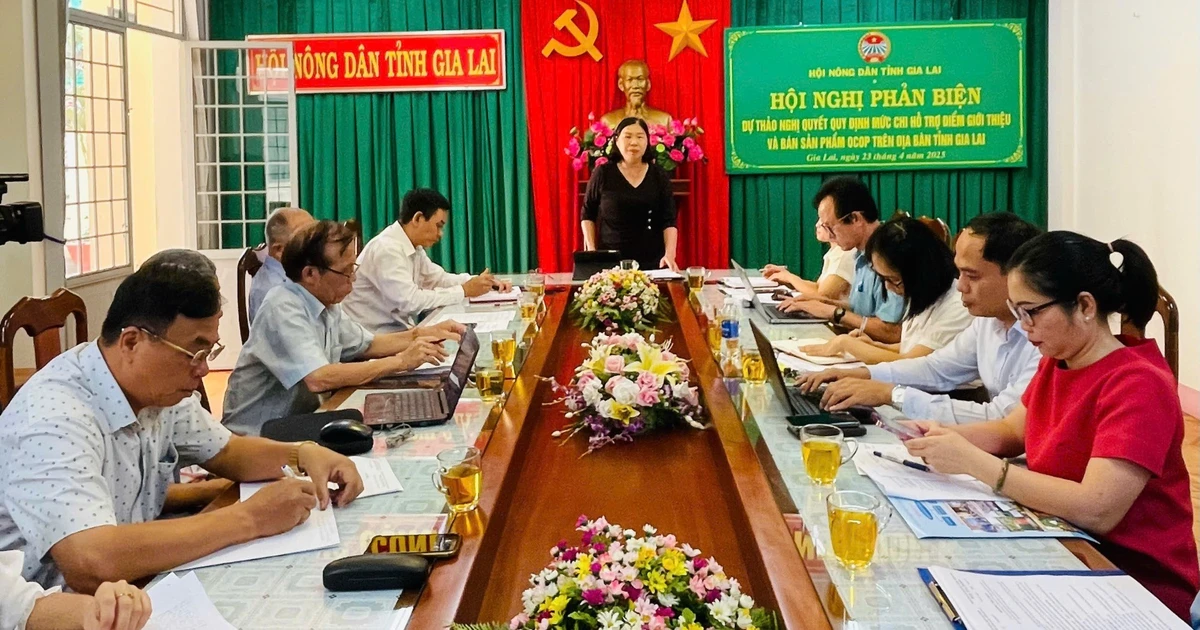
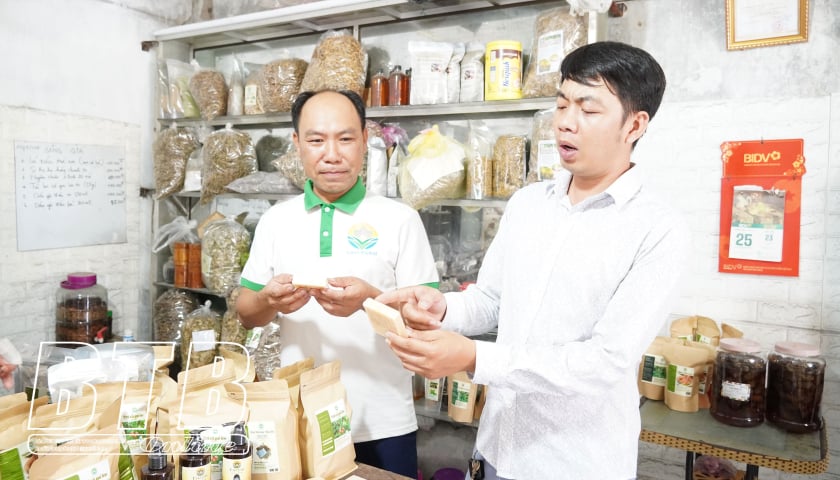



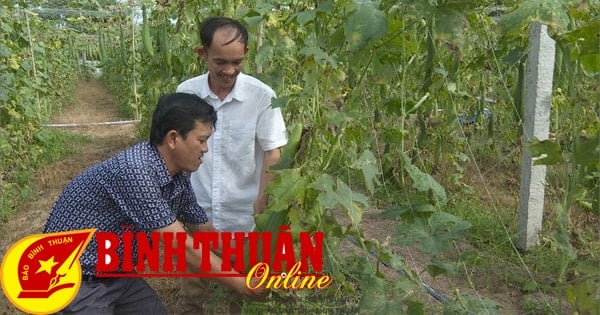

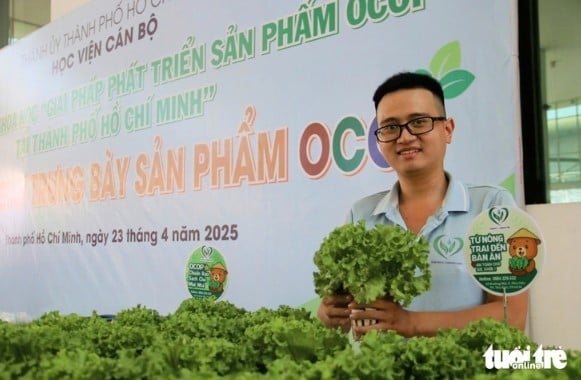
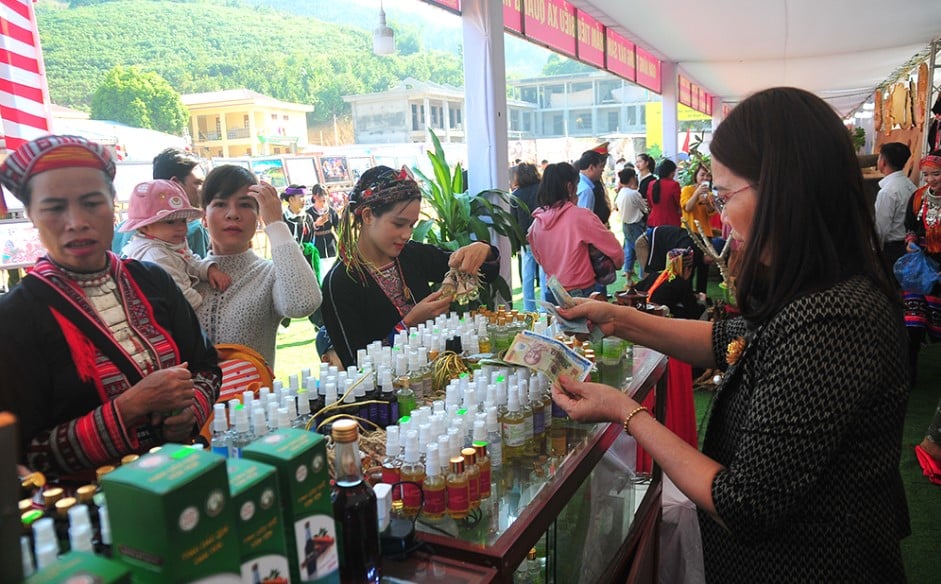
Comment (0)